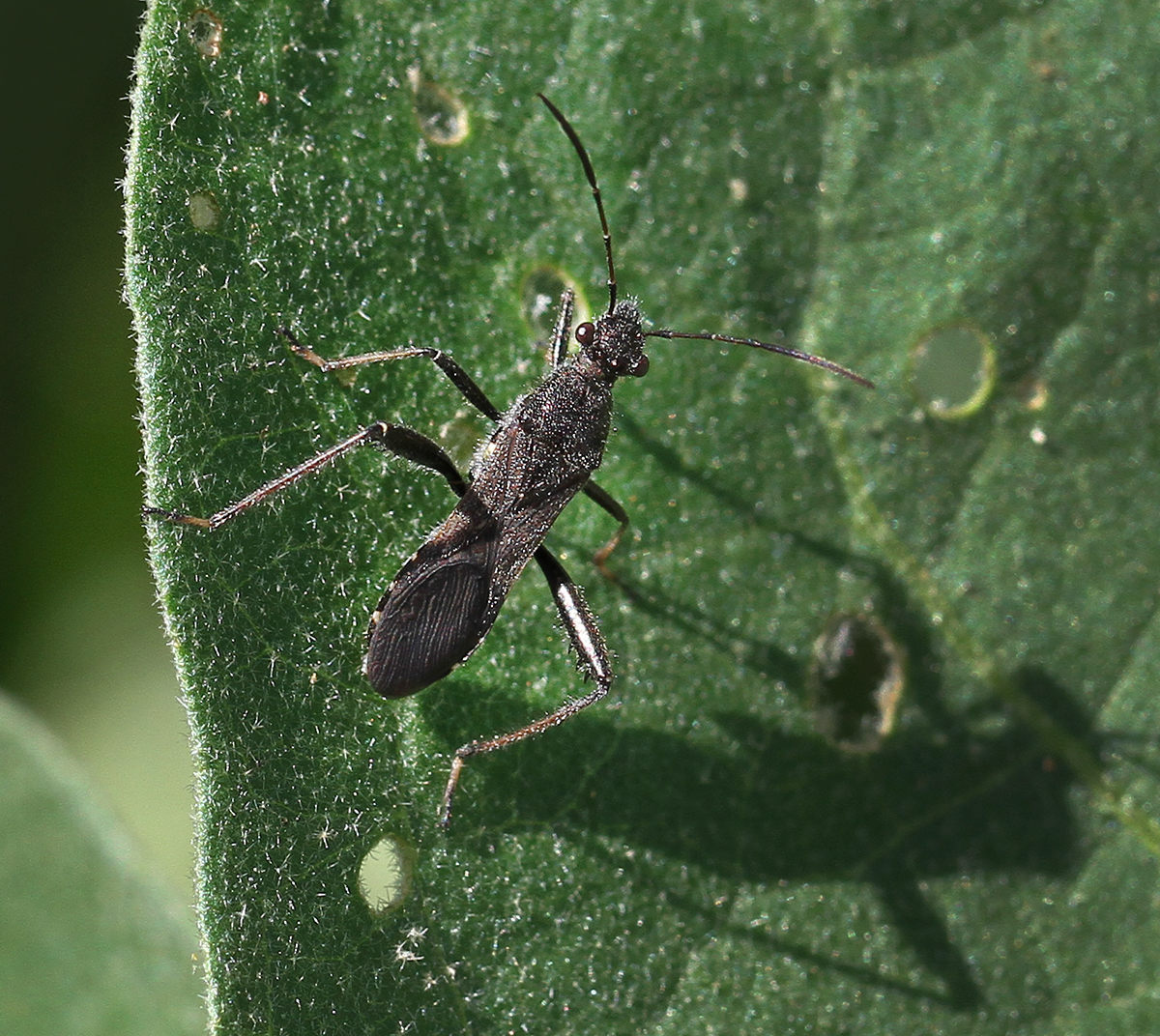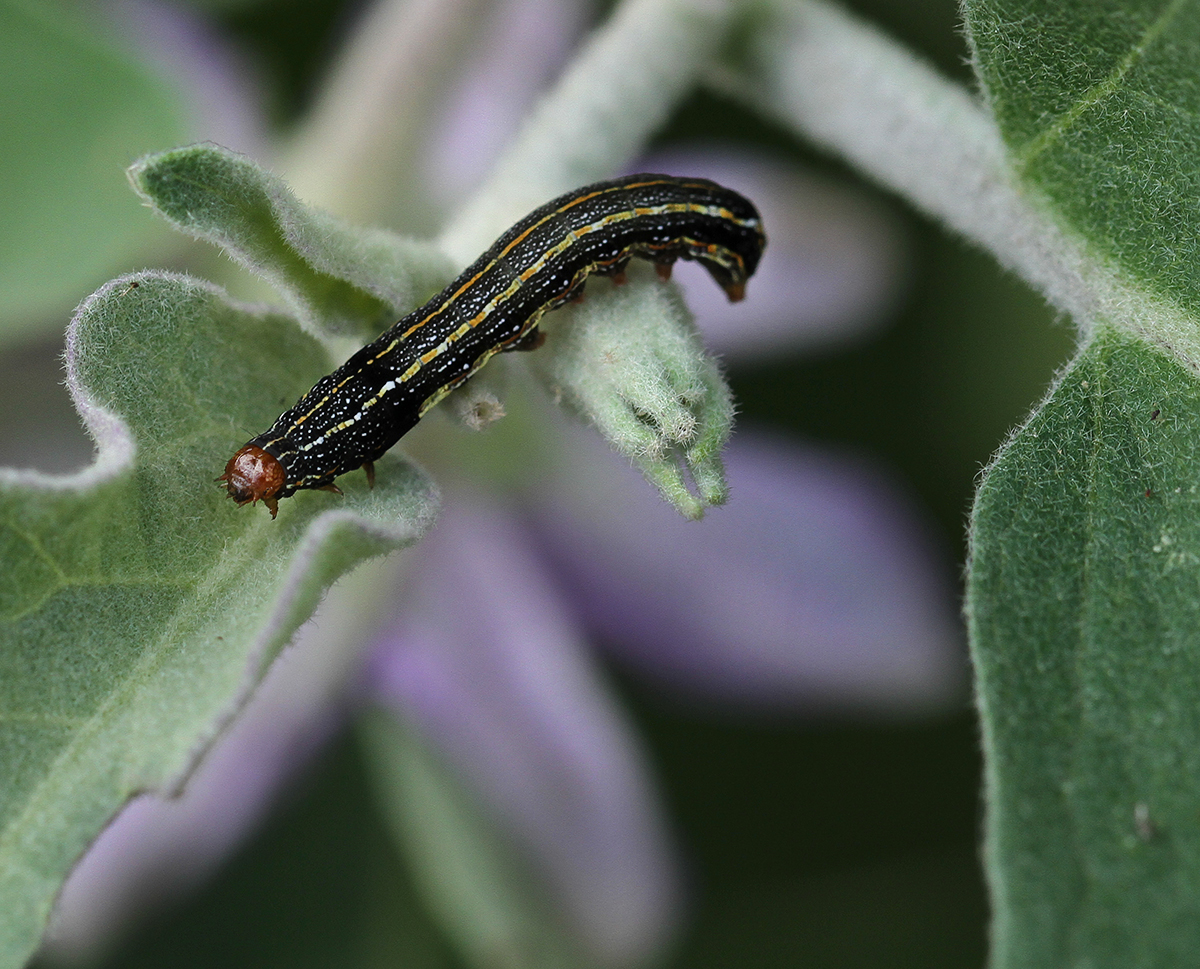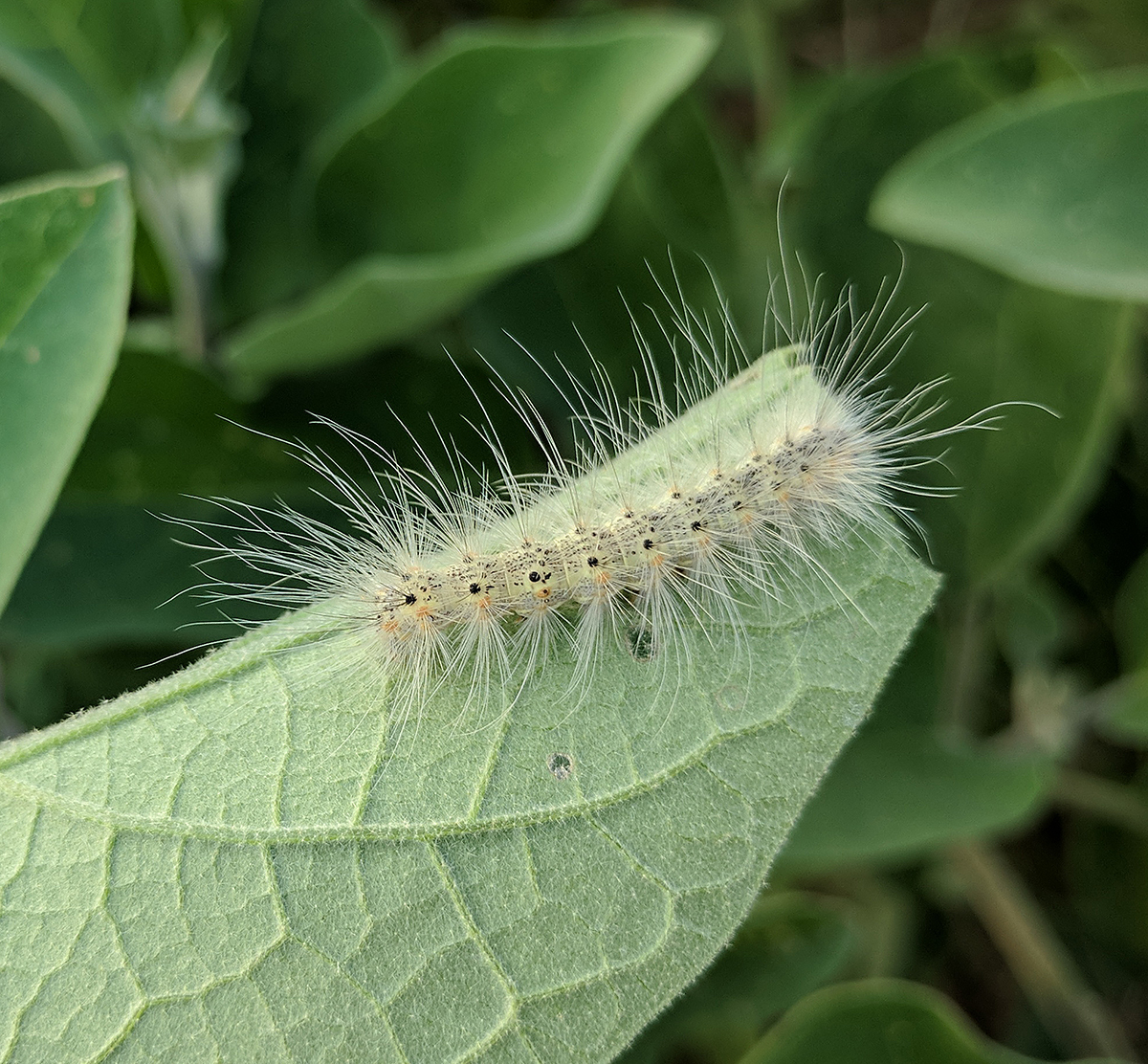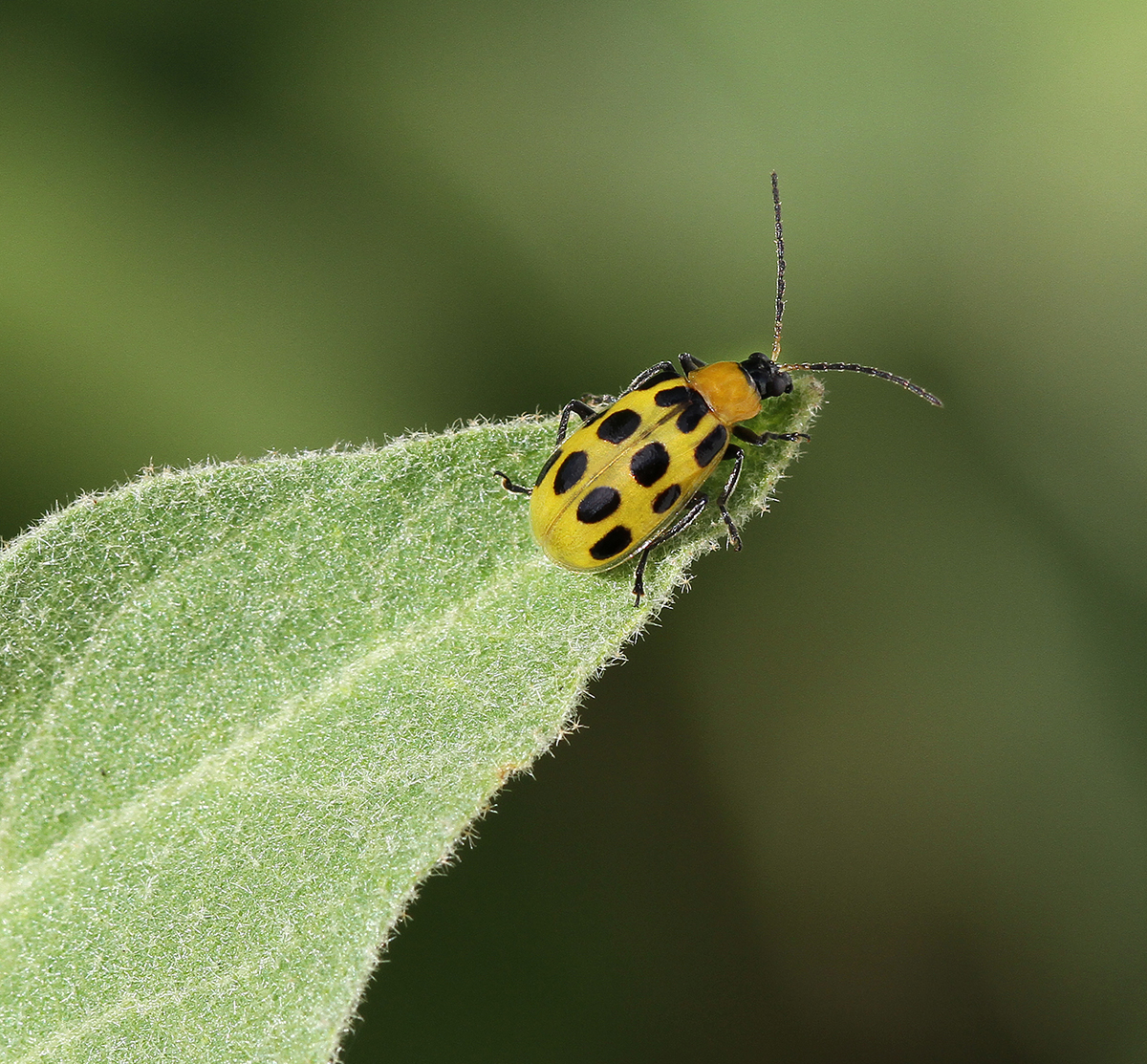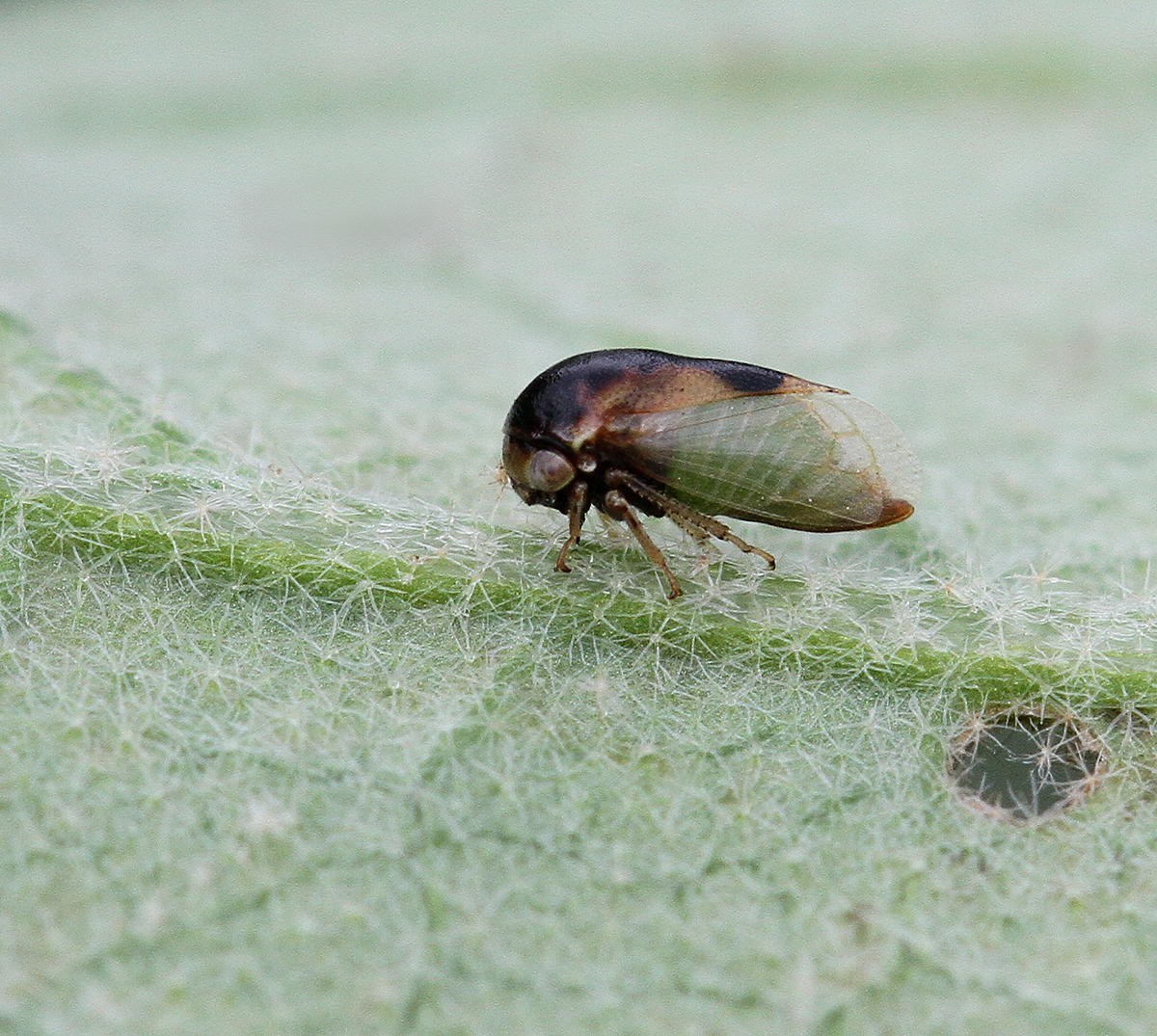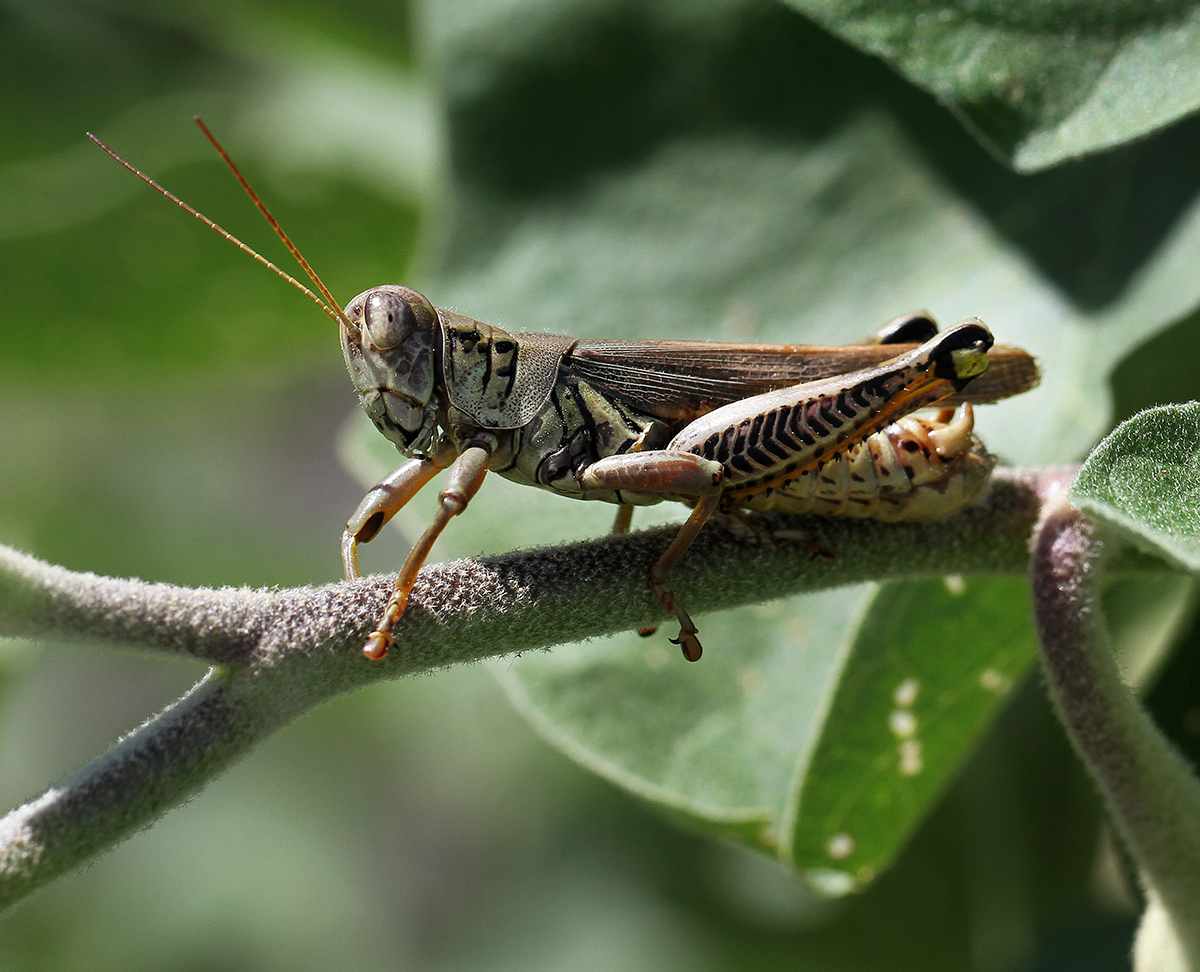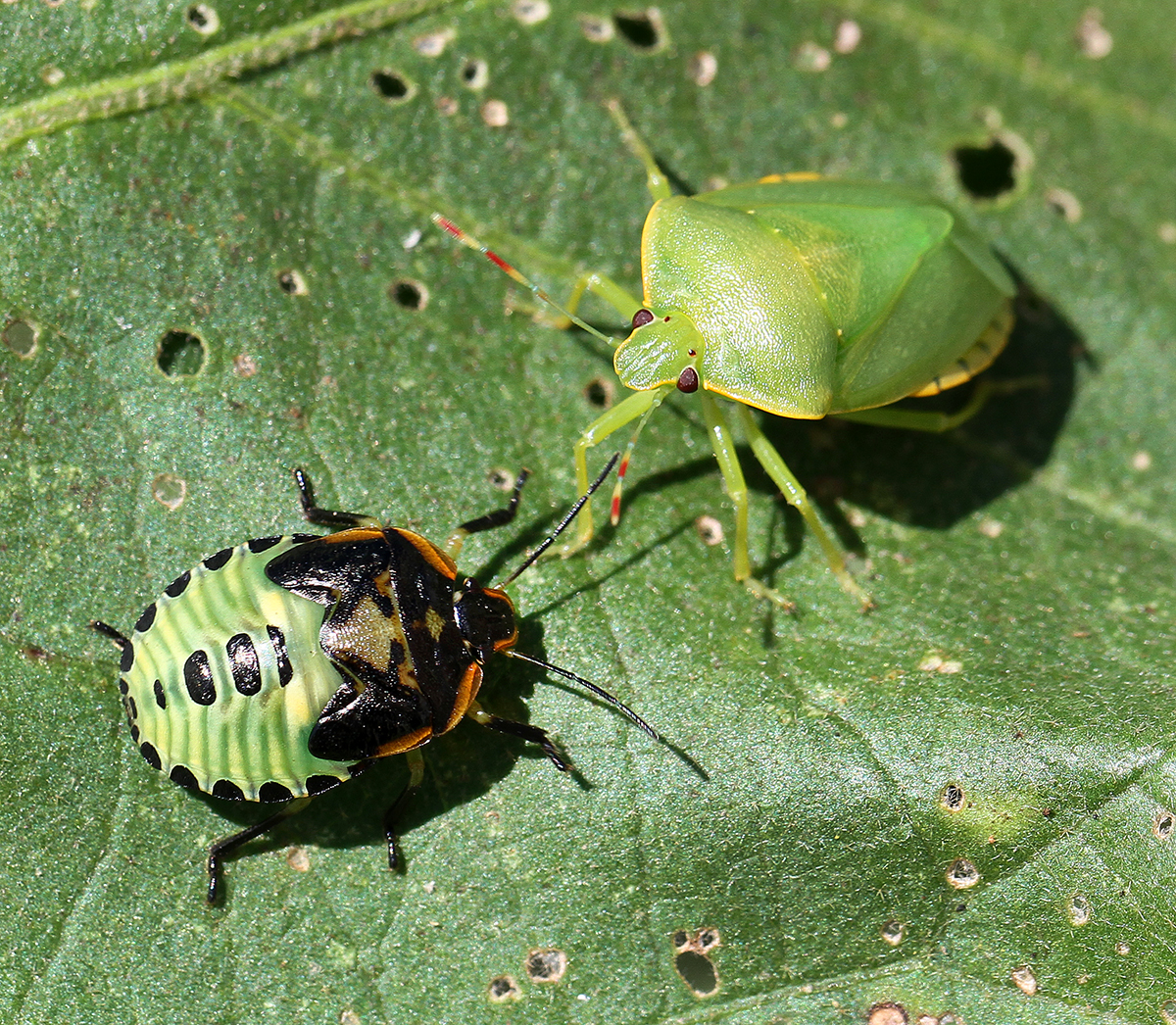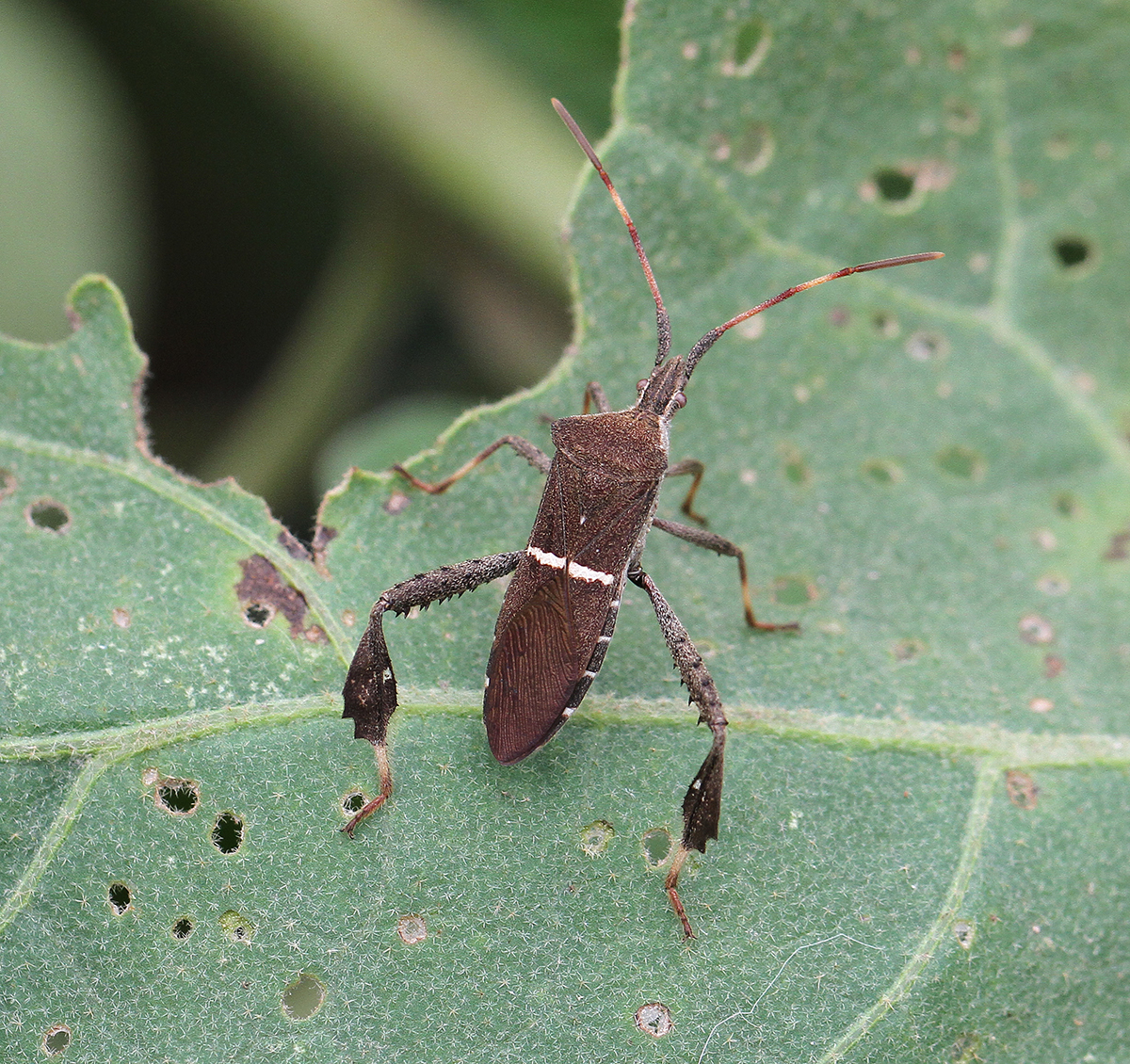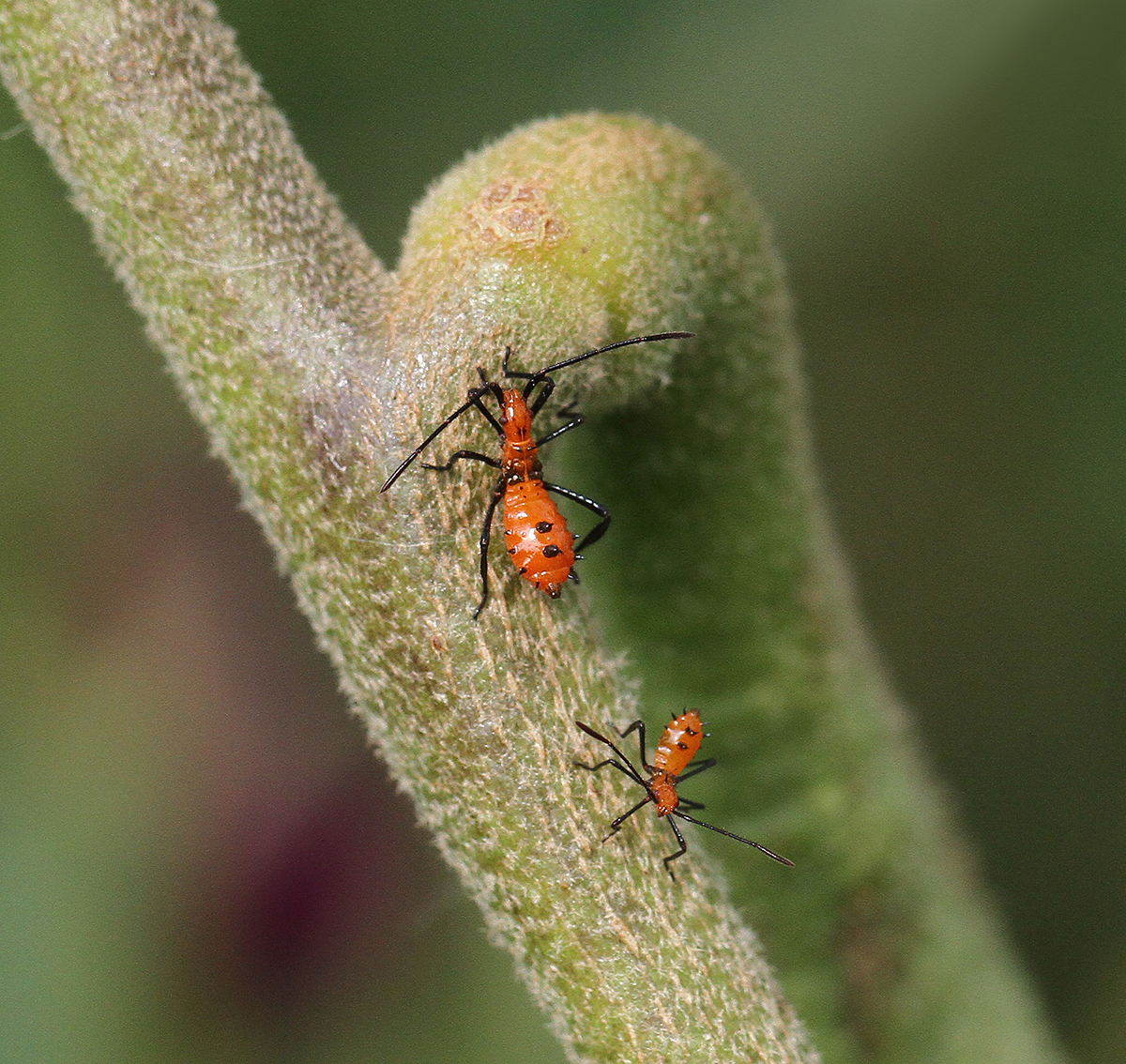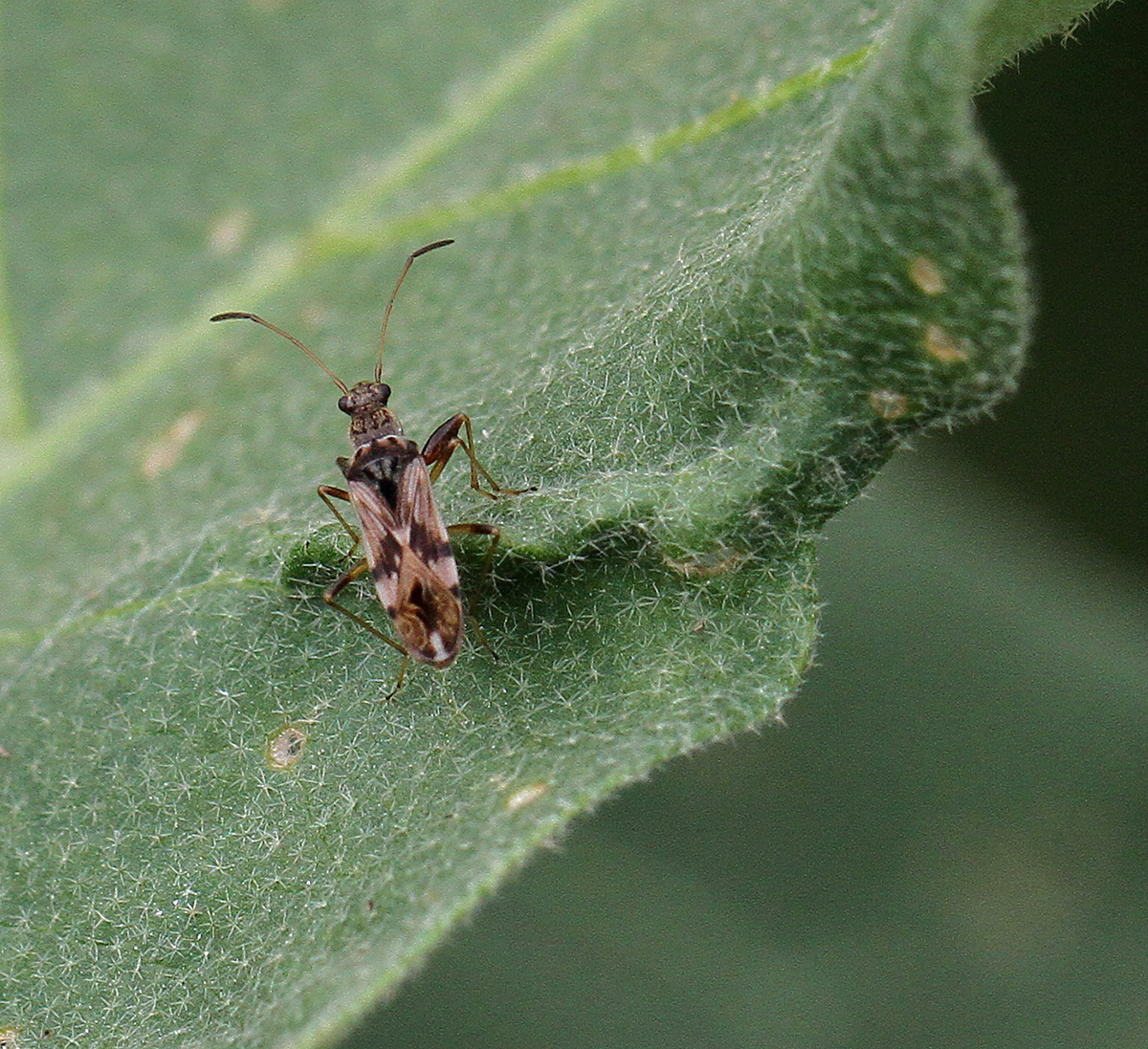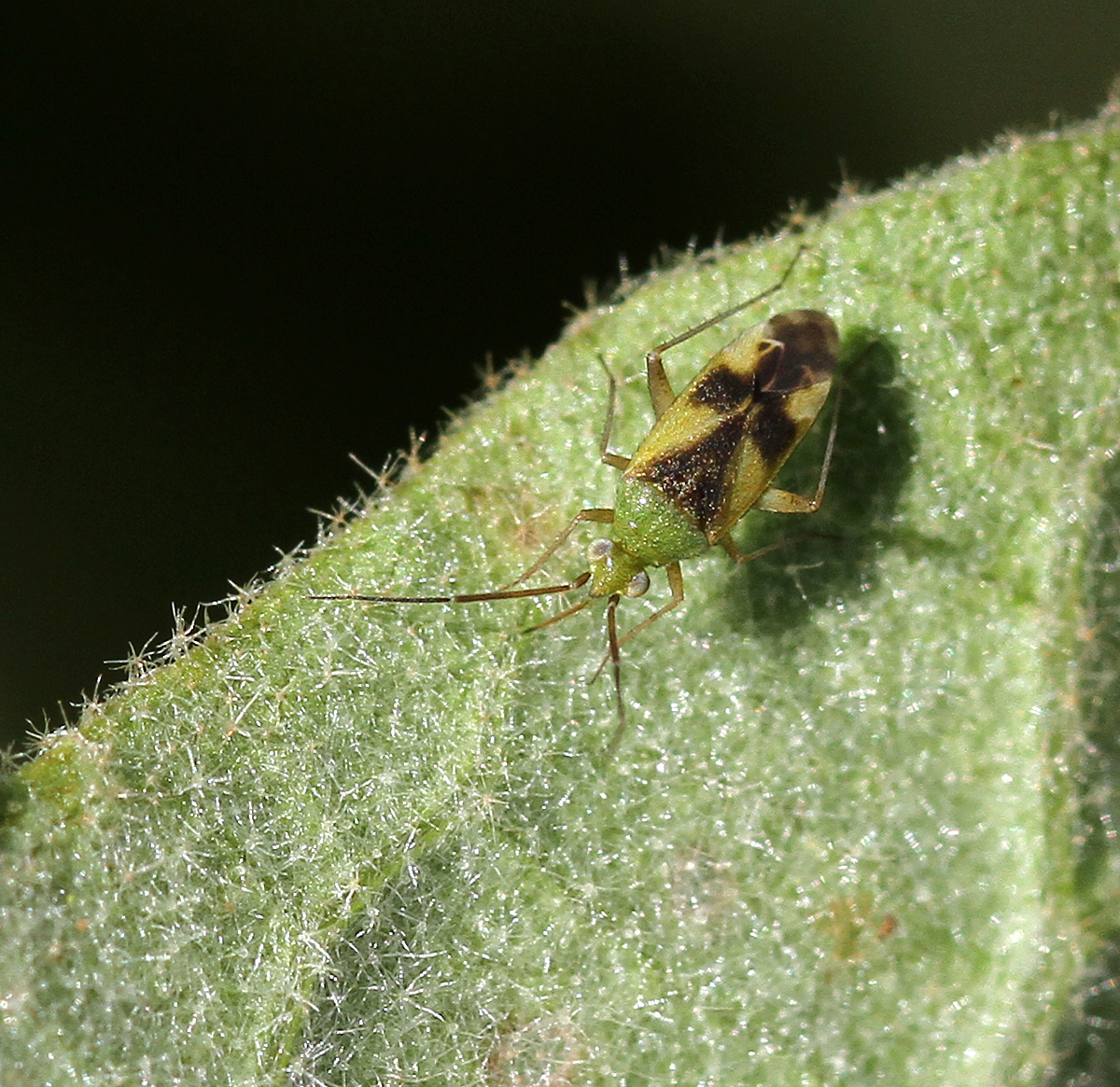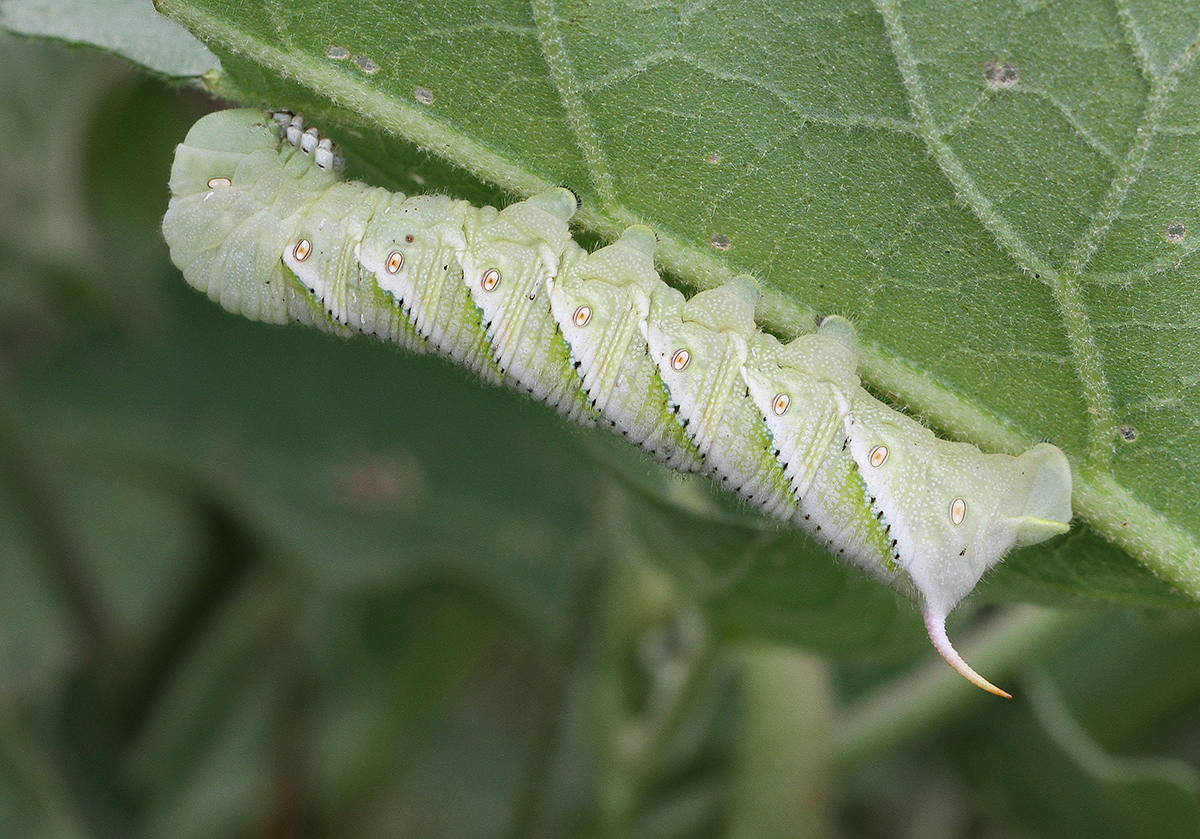Incredible Diversity of Critters on Eggplant Crop
go.ncsu.edu/readext?498441
en Español / em Português
El inglés es el idioma de control de esta página. En la medida en que haya algún conflicto entre la traducción al inglés y la traducción, el inglés prevalece.
Al hacer clic en el enlace de traducción se activa un servicio de traducción gratuito para convertir la página al español. Al igual que con cualquier traducción por Internet, la conversión no es sensible al contexto y puede que no traduzca el texto en su significado original. NC State Extension no garantiza la exactitud del texto traducido. Por favor, tenga en cuenta que algunas aplicaciones y/o servicios pueden no funcionar como se espera cuando se traducen.
Português
Inglês é o idioma de controle desta página. Na medida que haja algum conflito entre o texto original em Inglês e a tradução, o Inglês prevalece.
Ao clicar no link de tradução, um serviço gratuito de tradução será ativado para converter a página para o Português. Como em qualquer tradução pela internet, a conversão não é sensivel ao contexto e pode não ocorrer a tradução para o significado orginal. O serviço de Extensão da Carolina do Norte (NC State Extension) não garante a exatidão do texto traduzido. Por favor, observe que algumas funções ou serviços podem não funcionar como esperado após a tradução.
English
English is the controlling language of this page. To the extent there is any conflict between the English text and the translation, English controls.
Clicking on the translation link activates a free translation service to convert the page to Spanish. As with any Internet translation, the conversion is not context-sensitive and may not translate the text to its original meaning. NC State Extension does not guarantee the accuracy of the translated text. Please note that some applications and/or services may not function as expected when translated.
Collapse ▲Previous Page
Plant-Feeding Insects
Click on each photo to enlarge
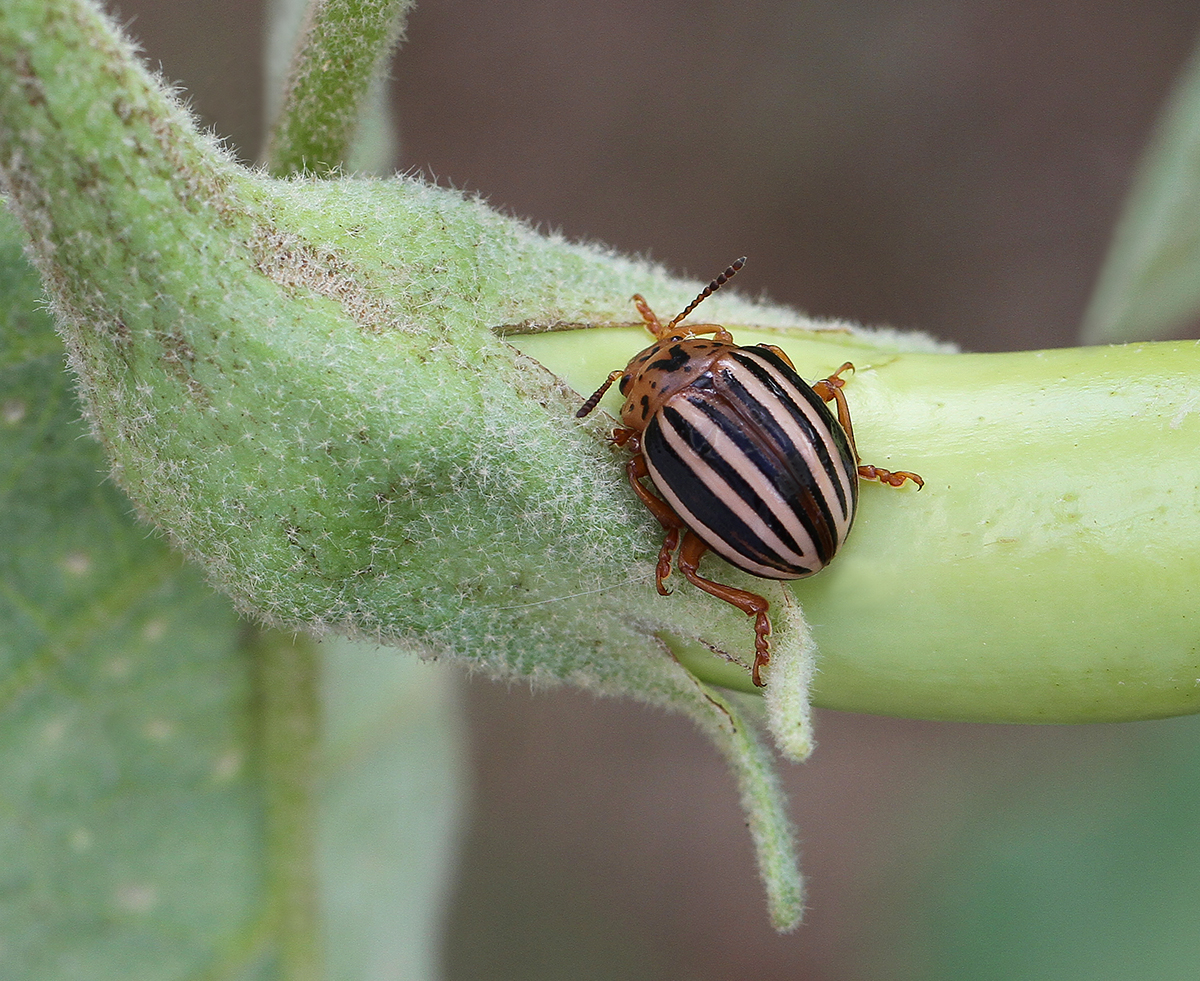
False potato beetle (Leptinotarsa juncta) adult. This species closely resembles the Colorado potato beetle but on the false potato beetle the second vitta (black stripe) on the elytron is shorter than the others and does not reach the base. Photo by Debbie Roos.
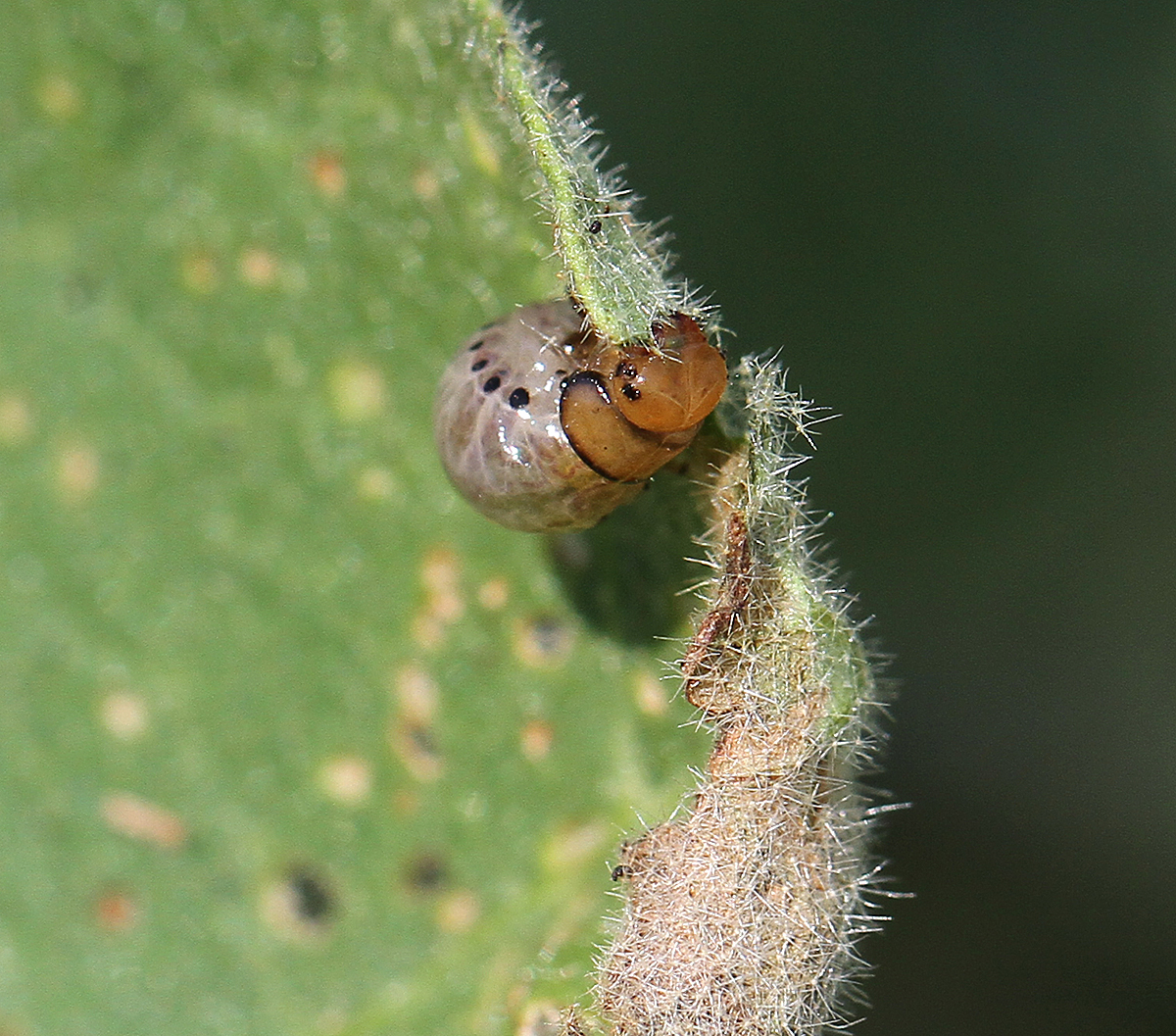
False potato beetle larva. The false potato beetle larva is nearly white and has only one row of black spots, unlike the Colorado potato beetle larva which is red with two rows of black spots. Photo by Debbie Roos.
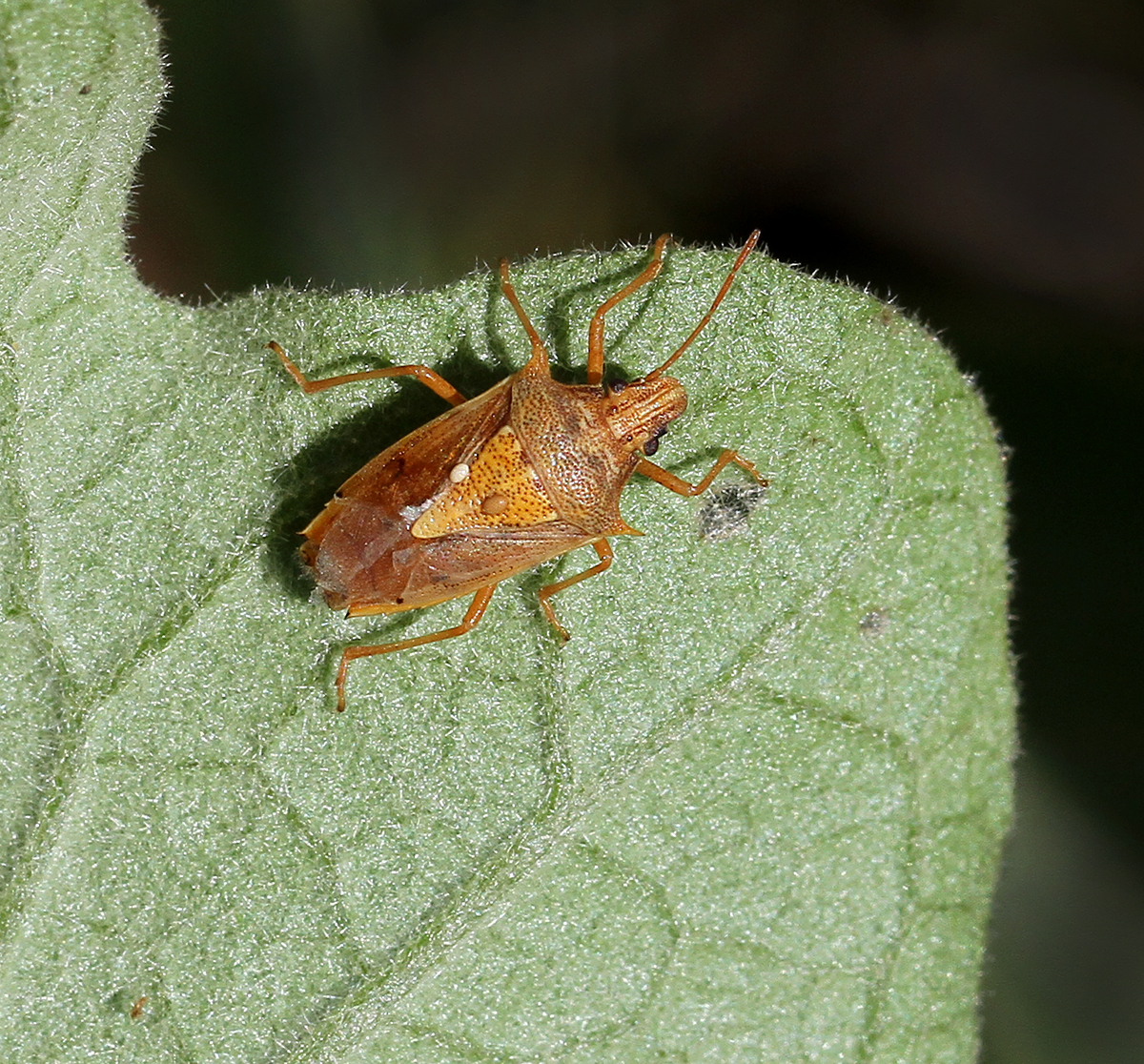
Rice stink bug (Oebalus pugnax). The rice stink bug feeds on grasses and was likely feeding on nearby grassy weeds. Note the white egg at the edge of the scutellum – this is the egg of a parasitic tachinid fly. The rice stink bug is not a significant eggplant pest. Photo by Debbie Roos.



